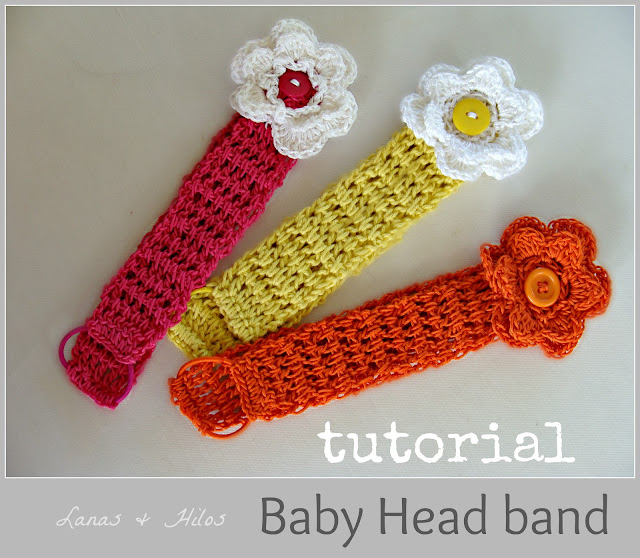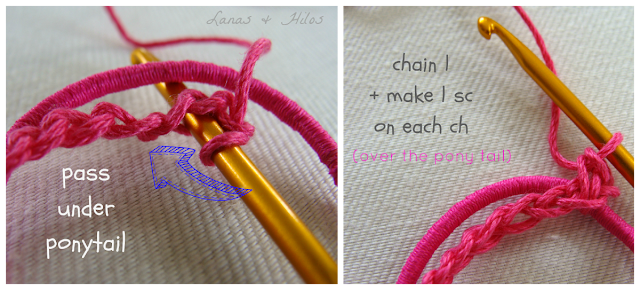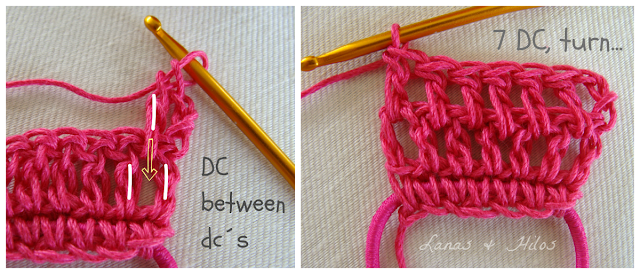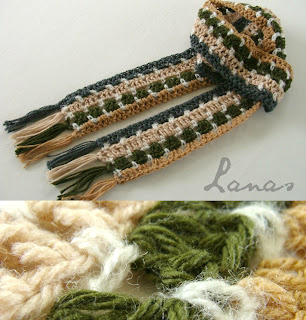Bufanda de Franjas Granny (Patrón Gráfico)
Several people have asked how to make the stitch for the granny
scarf. Actually, it is the same pattern as the granny stripes blanket, which
you can find in many places, including Caron: GrannyStripes
Afghan. For the
scarf, I make the beginning row a little differently, so I thought of drawing a
graphic pattern for you:
Varias
personas me han preguntado sobre la puntada de la bufanda granny. En realidad,
es el mismo patrón que la frazada de franjas de la abuelita, el cual pueden
encontrar en muchos sitios, incluyendo Caron (en ingles, con gráfica):
GrannyStripes
Afghan.
Dado que el comienzo lo hago un poco diferente para la bufanda, pensé en
dibujarles el patrón gráfico:
 |
| Granny Stripes Scarf (graphic pattern) |
I started with 15 chains, which is on the thin side (for our mild
winters). But you can certainly go wider…Just add more chains to desired width
(in multiples of 4 minus 1).
Comencé
con 15 cadenas, que en realidad es algo angosta (por nuestro clima moderado).
Pero también pueden hacerla más ancha, simplemente añadiendo más puntadas hasta
alcanzar el ancho deseado (múltiplo de 4 menos 1).
Here are two more Granny Scarves I recently
made:
Aquí
les muestro otras dos bufandas granny que hice recientemente:
The multicolored is for the daughter of a friend.
La
multicolor es para la hija de una amiga.
In bright and pastel colors, with a white background.
Con
colores pastel y brillantes, con un fondo blanco.
And the grey one is for a young lady. With a matching hat.
La
gris oscura es para una jovencita. Con una gorra que combina.
Pattern for the hat: Granny Hat
Patrón
para la gorra: Gorra Granny
































